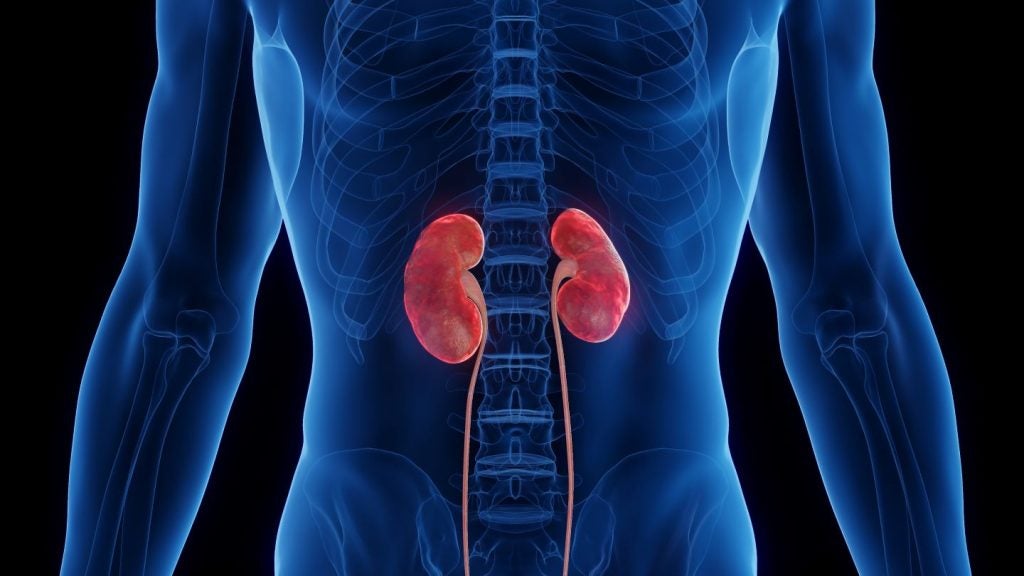In August 2015, Portuguese pharmaceutical company Bial-Portela & CA. SA. began a first-in-human (FIH) clinical trial of its experimental fatty acid amid hydrolase (FAAH) inhibitor known as BIA 10-2474. According to the protocol, the two primary objectives of the study were to evaluate the safety and tolerability of both single and multiple ascending doses, and to investigate the effect of food on the safety, tolerability, pharmacokinetics and pharmacodynamics (PK/PD) of the molecule. In January 2016 the study was stopped after five participants in the highest dose group experienced serious neurological adverse events. One man died of his injuries. The trial was conducted by Biotrial, a CRO in Rennes, France.
A statement of conclusions posted 31 March 2016 on the website of the French National Agency for Drug Safety (ANSM) confirmed the findings of the agency’s preliminary report that the accident "involves most likely the BIA 10-2474 molecule itself, either by direct action or by means of a metabolite," ruling out manufacturing and other possible causes. The preliminary report also questioned why four animal species had been evaluated in preclinical studies, a number the agency thought higher than usual, and why the deaths of several monkeys and two dogs were not disclosed in the protocol. Bial reportedly refused the regulator’s request to release the investigator’s brochure and investigational medicine product dossier (IMPD), citing French law on trade secrets. A final report with the agency’s findings and recommendations is forthcoming at this writing.
Previously in 2006, the now-defunct German company, TeGeneroImmuno Therapeutics, conducted a FIH study of its monoclonal antibody (MAB), TGN1412, in the clinical trials unit of a London hospital. Six of the first eight volunteers received a dose 1/500th of the highest dose used in the monkey studies – the other two received placebos – yet all six experienced a potentially fatal immune reaction known as a cytokine storm, wherein the body’s own feedback loop is unable to keep the production of cytokines in check and too many immune cells are activated. None of these individuals died, but some have lost fingers and toes, and all have been informed that they will never fully recover and their immune systems may be chronically compromised.
Going back a bit further, the development of fialuridine (FIAU/FIAC) for hepatitis B carried out in the 1990s by the National Institutes of Health (NIH) and Eli Lilly resulted in five deaths due to liver toxicity, and another two patients whose lives were probably saved only by liver transplant. Most of the early trials of this molecule had been conducted in an open label, non-randomized fashion without control or comparator in subjects with liver disease, which led to false interpretations of liver function test "flares" that would have signaled trouble in healthy individuals, but were misinterpreted as a therapeutic response in patients. Additionally, the earliest studies were conducted prior to the availability of a highly specific radio immune assay (RIA), which was eventually able to determine that the doses in the studies were much too high due to an unusually long half-life.
As a result of the FIAU disaster, several changes to trial design and adverse event reporting requirements were recommended, including: 1) the use of comparison groups in all phases, especially in patients with the disease; 2) that all subjects be randomized to treatment even in open-label settings; and 3) to employ "some form of independent safety monitoring in trials where patients are treated for extended periods," and "especially when adverse events could be confused with evidence of disease progression or therapeutic response."1 Additionally, the reporting windows for serious, unexpected adverse events (SUSARs) that are considered related to the test article changed from five (those resulting in death or are life-threatening) and 10 working days (all other SUSARs) to seven and 12 calendar days, respectively.
See Also:
We have only preliminary findings at the time of this writing from an investigation into the Bial clinical trial. "Several" monkeys either died or had to be euthanized during the animal dose escalations studies, and two animals likewise were euthanized in the 13-week dog study – both from the top dose group. These deaths were not reported in the protocol and presumably therefore not in the informed consent documents.
How well do you really know your competitors?
Access the most comprehensive Company Profiles on the market, powered by GlobalData. Save hours of research. Gain competitive edge.

Thank you!
Your download email will arrive shortly
Not ready to buy yet? Download a free sample
We are confident about the unique quality of our Company Profiles. However, we want you to make the most beneficial decision for your business, so we offer a free sample that you can download by submitting the below form
By GlobalDataOther failings can be seen in clinical trial design and conduct. For an FIH study, this protocol is extremely ambitious, combining both single and multiple ascending dose (SAD, MAD) studies along with food interaction and a final PH challenge portion, all in an adaptive trial design. Critics have pointed out that the details of the design and its prospective rules were not made sufficiently clear in the protocol, which also lacked a risk assessment as was recommended after the TGN disaster. It is interesting to note that in the dose escalation and stopping rules portion of the protocol, one rule indicates "drug related severe AEs of the same character in 4 or more subjects" (emphasis mine), which seems like a low bar.
The first subject to fall ill in the final MAD dosing group, intended to receive 50 mg once a day for 10 days, did so on the fifth dosing day and was admitted to hospital that evening. He went into a coma and was declared brain dead shortly thereafter. Despite this, administration of the sixth dose in the schedule occurred as planned, the same day the first individual became comatose. It is unclear what if anything the study staff members knew about the volunteer’s condition at the time of the next cohort dosing on Day Six, and absent that information, we are left wondering why dosing was not discontinued until the full extent of the first volunteer’s condition were fully understood.
Review of study conduct documents indicate that the top multiple dose group of 50 mg/day for 10 days was significantly higher than the previous group of 20 mg/day X 10 days. The French agency’s initial report (translated) remarks that this jump is too great and appears to skip a dose based on extrapolation from the single dose portion. They also note that the molecule appeared to be accumulating at higher doses and therefore 50mg/day every day was some 40 times more than needed to achieve complete FAAH inhibition.
Normally we would consider this protocol to include enough material for at least four phase 1 clinical studies. We can only speculate as to the reason for combining all these evaluations under a single protocol; to compress the "white space" or down time between clinical studies, or to get as much data as possible as quickly as possible to facilitate business and development decisions. Indeed, the clinic was able to complete the SAD portion, and food interaction portion and the first four dosing groups of the MAD portion of the protocol within six months, an enormous amount of important data to collect in a comparatively short time.
At the same time, it is important to note this protocol was reviewed and approved by the Brest regional ethics committee and by the French health agency ANSM prior to conduct.
Nevertheless, with hindsight we can now see the risk, if it wasn’t apparent before: the study had continued for so long with no safety signal and no other adverse events that clinical staff was not attuned enough to changing events when one subject began to experience adverse events serious enough to kill him. There was simply not enough time to absorb and evaluate all the data coming in from the various portions of this trial to proceed safely to the next portion, or to the next dose level. We may chafe against the long delays between clinical trials, but sometimes we need time to fully understand our data to take the next step.
Much of the industry press about the Bial clinical trial have taken a "woe is us, no one will want to participate in our trials" tone, which is unfortunate given the toll in human life and health this trial has taken. Our focus should be on constantly improving our systems and procedures to guard participants’ safety. No matter the final apportionment of responsibility, we can and should always do the following:
- Question every procedure, every dose during protocol review to make sure they are reasonable and justified;
- Build in enough time to accommodate analysis time and to thoroughly evaluate the data before moving on to the next step;
- Create and implement an airtight safety communication plan so that volunteers do not "disappear" from the study staff.
*Jacquie Mardell is the Senior Director of Clinical Operations at Ascendis Pharma
References
1Institute of Medicine Committee to Review the Fialuridine (FIAU/FIAC) Clinical Trials; Editors: Frederick J Manning and Morton Swartz. Washington (DC) National Academies Press (US); 1995.






